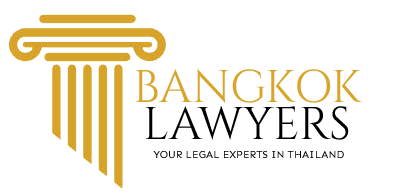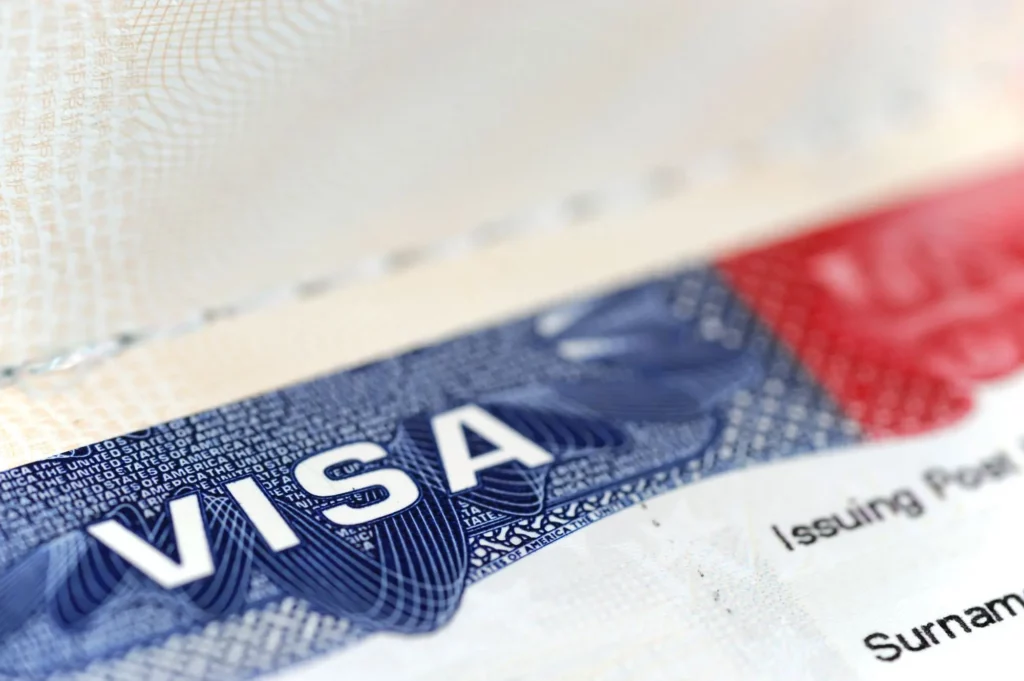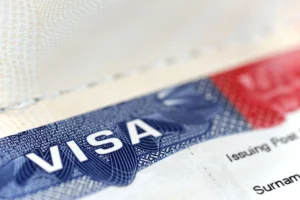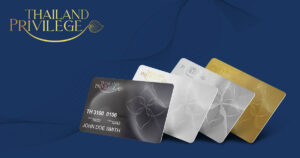Business Visa in Thailand. The Non-Immigrant “B” visa — commonly called the Business Visa — is the normal immigration route for foreigners who plan to work, be seconded to, manage or set up a business in Thailand. It permits entry for business purposes but does not by itself authorize employment: the visa is the immigration pre-condition to apply for a Thai work permit and the in-country 1-year extension of stay. This guide explains the visa types and practical workflows, documentary expectations, employer obligations, compliance duties (including 90-day reporting), the new e-Work Permit regime, realistic timelines and common pitfalls to avoid.
Which travelers need a Non-Immigrant B?
Use a Non-Immigrant B if you will:
-
be employed by a Thai company or a foreign company’s Thai branch;
-
be posted to Thailand by your foreign employer;
-
manage or establish a Thai company or invest and actively run the business; or
-
perform long-term business functions that go beyond short meetings or conferences.
For short meetings, many travelers use visa-exempt entry or a short-term business visitor stamp — but working in Thailand requires both the visa and a work permit.
Types of Non-Immigrant B & common workflows
-
Single-entry Non-Immigrant B (short-term) — typically issued for 90 days (entry window) and used while the employer applies for a work permit. After arrival and once the work permit is granted the holder normally applies to Immigration for a 1-year extension tied to employment.
-
Multiple-entry / 1-year Non-Immigrant B — some posts and routes permit a one-year multiple-entry visa upfront or allow in-country conversion after the work permit issuance. Embassy practices differ, so confirm with the issuing post.
Practical workflows almost always follow the pattern: consular Non-B → enter Thailand → employer applies for work permit → get work permit → apply to Immigration for 1-year visa extension. Plan timing accordingly because the initial 90-day entry can be tight if employer documents are slow.
Typical embassy checklist (what you’ll be asked to show)
Exact lists vary by Royal Thai Embassy/Consulate, but the most frequently required documents are:
-
valid passport (generally ≥6 months validity); completed visa form and passport photos;
-
employment / invitation letter from the Thai sponsor describing role, salary, contract duration and purpose;
-
Thai company documents (DBD extract, shareholder list, business registration, VAT/tax evidence and sometimes PND filings) to show the sponsor is a genuine operating entity;
-
proof of funds (some posts still request personal or company bank statements); and
-
where applicable, diploma/certificates or professional licenses. Always check the issuing post’s checklist and the official e-Visa portal before applying.
Work permits — the separate but essential step
The Non-Immigrant B is not a work permit. The employer (or the foreigner’s Thai company) must file a work-permit application at the Department of Employment (Ministry of Labour). Key practical points employers and applicants must plan for:
-
the work-permit submission requires corporate records (DBD certificate, VAT/tax documents), proof of company operations (office lease, payroll, Thai staff), the employment contract, the employee’s passport, and relevant qualifications;
-
authorities commonly seek evidence of substantive Thai operations — banks and labour officials often use registered capital and Thai-staff ratios as indicators of bona fides (practical guidance often quoted is THB 2 million of registered capital per foreign work permit, though exceptions apply and BOI-promoted projects follow different rules).
Once the work permit is issued, Immigration will usually grant an annual stay extension so the foreign national can legally reside and work in Thailand.
New digitalization: mandatory e-Work Permit (Oct 13, 2025)
Thailand launched a mandatory e-Work Permit / foreign-worker registration platform in October 2025. From that date employers and foreign workers must submit and manage work-permit applications and foreign-worker records through the online system; identity verification via ThaiID or related steps may be required. Expect faster tracking and an integrated payment/notification flow — but also an initial transition period where authorities may still accept paper filings in limited cases. Employers should register early, verify authorized signatories, and budget time for initial onboarding on the platform.
Compliance you cannot ignore
After you obtain a work permit and 1-year extension the routine obligations include:
-
90-day reporting — all foreign residents must confirm their address with the Immigration Bureau every 90 days (online, by mail or in person). Keep this calendar-based duty on the employer or employee’s compliance list to avoid fines.
-
Re-entry permits — if you leave Thailand during the visa term and want to retain the existing extension, secure a single or multiple re-entry permit before departure.
-
Tax & social security — once employed you must register for tax and social-security contributions and file returns as required by the Revenue Department.
-
Visa and work-permit renewals — manage expiry dates and renew in good time; late renewals risk fines or revocation.
Timelines & realistic expectations
-
Consular Non-B processing: varies by post (a few days to a few weeks); e-Visa channels speed some posts.
-
Work-permit processing: allow 1–6 weeks depending on completeness and sectoral checks; BOI/promoted projects often move faster.
-
e-Work Permit transition: expect initial teething delays during the rollout — register and test the system early to avoid last-minute problems.
Common pitfalls & how to avoid them
-
Starting work on arrival without a work permit — strictly illegal and routinely enforced. Wait until the permit is issued.
-
Incomplete employer docs — consular posts and labour officers scrutinize company tax and operational evidence; prepare DBD extracts, VAT/Paid tax receipts and payroll records in advance.
-
Missing 90-day reports or re-entry permits — calendar these obligations and assign responsibility in HR.
-
Relying on nominee arrangements to circumvent foreign-ownership rules — illegal and risky. Use lawful routes (BOI, Foreign Business License) where required.
Practical checklist for applicants & employers (ready to use)
-
Confirm which Royal Thai Embassy/e-Visa post you will use and download its Non-Immigrant B checklist.
-
Employer: prepare DBD extract, VAT/tax filings, business cover letter, office lease, payroll evidence and the employment contract.
-
Applicant: passport (≥6 months), photo, academic/ professional certificates, resume/CV, and proof of funds if requested.
-
After entry: employer files work permit (WP1 etc.) with the Department of Employment; register on the e-Work Permit platform when required (from Oct 13, 2025).
-
On grant: file for a 1-year stay extension at Immigration; set up tax and social-security registrations; calendar 90-day reporting.
Final note
Thailand’s Non-Immigrant B regime is procedurally robust but administratively detailed: the visa is the gateway, the work permit is the legal authority to work, and strict immigration/compliance duties (90-day reporting, re-entry permits, tax and social security) follow. Recent digital reforms (e-Visa and the mandatory e-Work Permit) will speed many processes but require early digital onboarding and careful coordination between employer, employee and counsel. For complex cases — BOI projects, sector-licensed businesses or cross-border secondments — engage experienced immigration and labour counsel early to map consular requirements, work-permit strategy and the digital transition.




